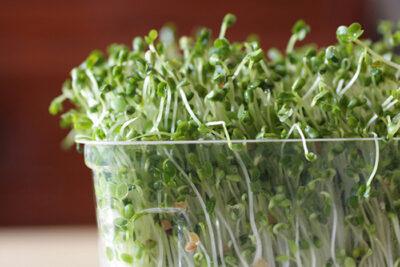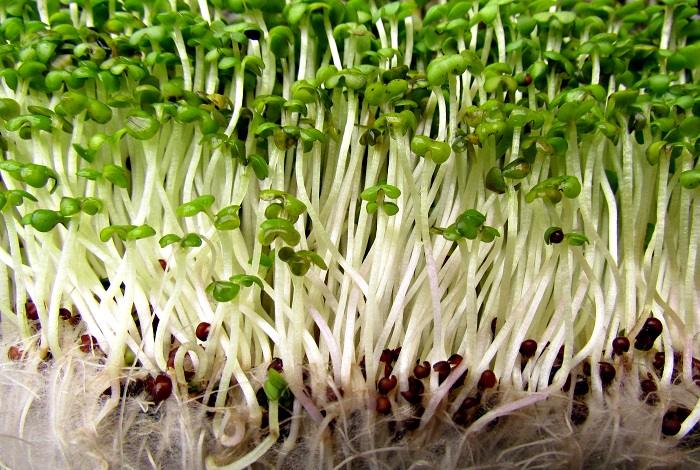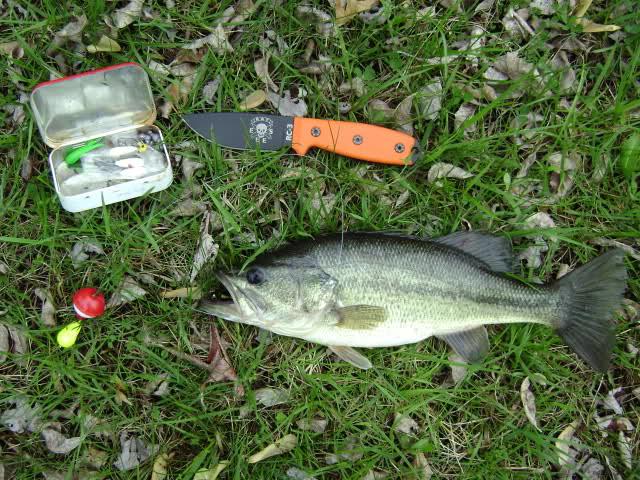The benefit of growing sprouts, particularly in winter when most garden vegetables are dormant, goes far beyond their flavor. An excellent indoor crop, sprouts pack a lot of nutritional punch for their tiny size, including many of the vitamins, minerals and protein needed in a balanced diet.
Lentils, beans and peas are particularly good for you; they’re comprised of up to 25 percent protein and provide a good source of iron, potassium, vitamins A and D, and other nutrients.
Seeds from most vegetables, herbs and legumes will produce edible sprouts in their early stage, but the most popular sprouts come from beans, peas and some greens. Growing sprouts to supplement your winter produce is easy, inexpensive and full of variety. With a well-stocked pantry, you can enjoy a surprising range of meals with sprouts, helping your family break out of the monotony caused by winter’s limited harvests.
Growing Sprouts
Although you can easily sprout most seeds, you may wish to start with some better-known varieties. Alfalfa, mung bean, lentil, green pea or wheat seeds are a great place to start. Choose seeds intended for growing, as beans and seeds intended for cooking will not germinate as easily. Most commercially available sprouting seeds are sold by weight. Plan on half an ounce of dry seeds per half cup serving for most sprouts; alternatively, you can save your own seeds for sprouting, and measure 1/8 cup dry seeds per serving. Other than your seeds, all you really need to begin is water and a container.

Select a plastic, glass or ceramic container with its own lid to use as a sprouting container.
Follow these steps to sprout your seeds:
- Rinse the seeds to get rid of dust, loose hulls and dirt.
- Soak the seeds in warm water for half a day or overnight.
- Once soaking is complete, remove any floating seeds, as these won’t germinate. Drain water from seeds using a strainer or cloth and return seeds to sprouting container.
- Soak a clean cloth or paper towel in warm water and cover the seeds. Put the lid on the container and move it to a location where it won’t be disturbed. You don’t need light for sprouting, but you should place the sprouting container where it will remain at room temperature.
- Soak seeds in clean, lukewarm water and drain twice a day: every morning and every evening, returning the seeds to covered container draped in freshly wet cloth after soaking. Seeds will fully sprout after 4-6 days, when the hulls are all separated from the sprouts. Rinse in cool water, allow leaves to dry, and place sprouts in refrigerator.
Types of Sprouts
The variety of edible sprouts is almost limitless. But the plants are grouped into a few categories. Bean sprouts come from bean, legume, and pea seeds and are tasty in recipes cooked and uncooked. Leafy sprouts, grasses, greens and microgreens — best eaten raw — come from edible grasses, lettuce, herb, and leafy vegetable seeds. A number of grains, including oats, millet and rye, make excellent salad and sandwich sprouts.
How to Eat Sprouts
Finding ways to include sprouts in your recipes is easy and restricted only by your imagination. You’ll be rewarded with a punch of flavor and a boost of essential nutrients.
If you want to get beyond the obvious uses when growing sprouts — salads, sandwiches and stir-frys — then try one of these suggestions.
- Mixed sprouts in hot cereal for breakfast. Add the sprouts right at the end of cooking, and stir them in to warm them. Wheat, rye, sunflower and peanut sprouts stirred into oatmeal with a dash of maple syrup makes a comforting start to a winter day.
- Sprouted omelet. Prepare a plain or cheese omelet, and fold it over raw arugula, beet, cress or broccoli sprouts. If you like a bit of bite, try radish or mustard sprouts.
- Sprout smoothie. Blend a handful of alfalfa, wheat, rye or oat sprouts into your favorite smoothie mix for hidden greens. Oat sprouts pair well with berries and bananas, or try a tropical smoothie with wheatgrass. A great way to give yourself a boost.
- Bean(sprout) Burrito. Warm your favorite bean sprouts in a skillet, and pack a tortilla full. Top with guacamole, rice, Pico de gallo and hot peppers. A filling — and fast — meal!
Once you begin adding sprouts to your recipes, you’re sure to find it addictive. There is virtually no simpler food to grow, and when you tire of one sprout, just try another. Keep a supply of your favorite sprouting seeds on hand all year, and beat the blahs between harvests. Experiment freely – your crop will grow in less than a week – and enjoy the concentrated power of sprouted seeds.








